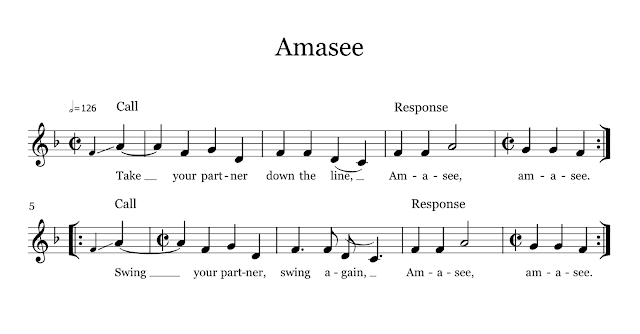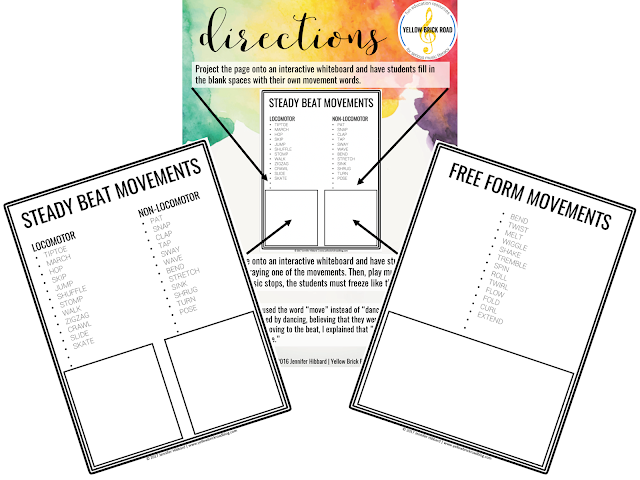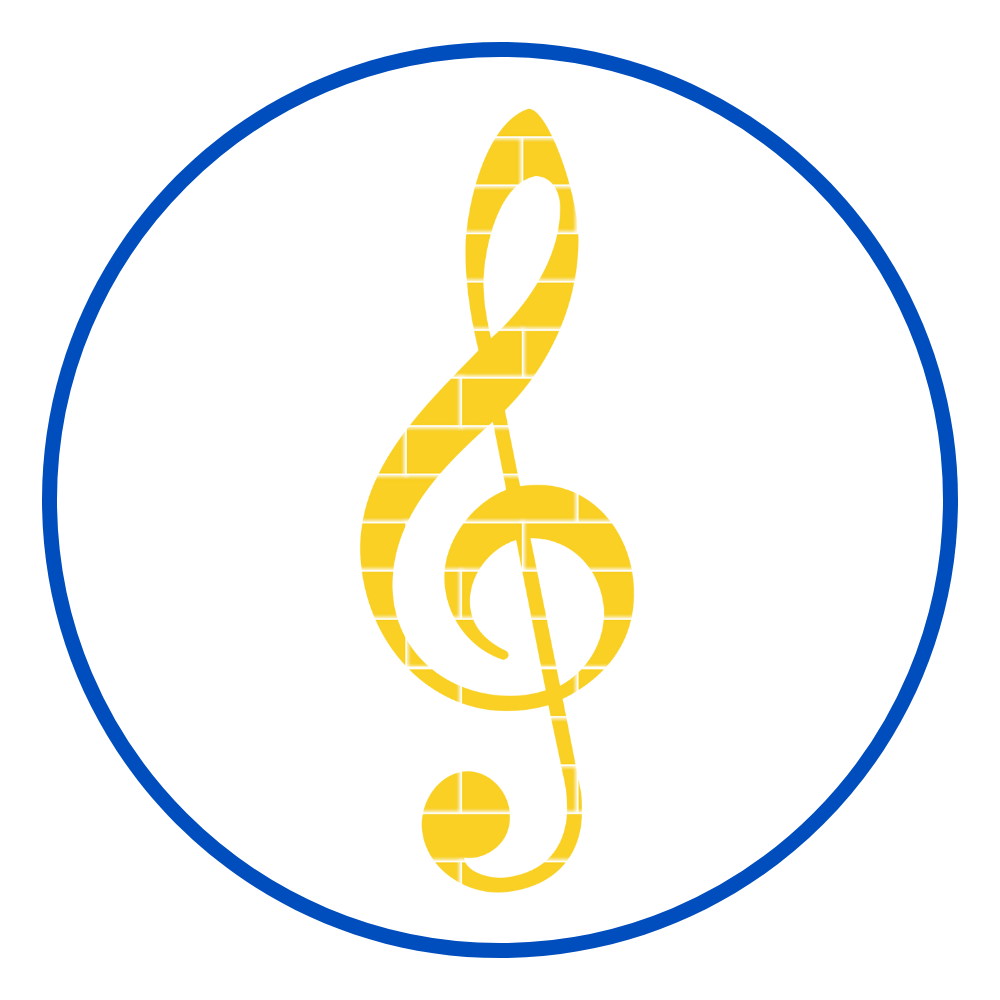Amasee is a fantastic song and dance that’ll keep your students moving to the beat and learning about call and response form. Be sure to read to the end and download the free movement printable.
 |
| Click here to listen to the song on Smithsonian Folkways |
FOLK DANCE
Folk dance directions:
- Partners stand in two lines facing each other.
- During verse one, the head couple joins hands and sidesteps down the center of the lines.
- During verse two, the couple reaches the end of the line and swings elbows.
- The song is repeated and the next couple in line begins.
- When students aren’t dancing, they are clapping to the beat and singing.
- The dance continues until all students have gone.
By introducing the song through movement first, your students will internalize the melody naturally. Afterward, when you delve deeper into the elements of the song, students will already be familiar with it through movement and singing.
CALL AND RESPONSE FORM
For call and response songs, I always liked to lead the call first for three reasons:
- I could model how to sing the part correctly.
- I could ease students into singing the call with me over time.
- It naturally highlighted the different sections of the song.
From there, I often had one line sing the call, and the other line sing the response. Then, I asked for volunteers to solo. For shy students, this natural progression puts them at ease. The more opportunities they get to sing the call, the more comfortable they’ll feel singing it on their own.
STUDENT CHOREOGRAPHY
This song is extremely repetitive, so it’s a good idea to mix it up a little over time. You can do this by asking partners to come up with their own motions to perform as they go down the center of the lines. Also, it’s an easy way for students to create and use their imaginations, hooray for music education!
It’s a good idea to set boundaries in place before they perform. Otherwise, you’ll have some logrolls and cartwheels. Fun motions indeed, but none safe enough for the music classroom. I usually reminded students that the motions had to follow the steady beat, they had to be able to perform them while standing upright (no logrolling please), and they needed to be music-classroom-appropriate. You might find that some classes struggle more to come up with movements ideas, so it’s good practice to have some ideas for inspiration.
Click on the image below to download free movement printables/projectables. They include lists with locomotor and non-locomotor movements, as well as some extra space for student responses. You can print these out for your own uses or project them onto an interactive whiteboard and let your students fill in the extra spaces.
 |
| Click to Download |
I hope some of these lesson ideas find their way into your music classroom. If you’d like to stay up to date on what’s going on behind-the-scenes at the Yellow Brick Road, be sure to sign up for my newsletter. You’ll receive monthly music education inspiration, along with some exclusive free resources. You can sign up here.
